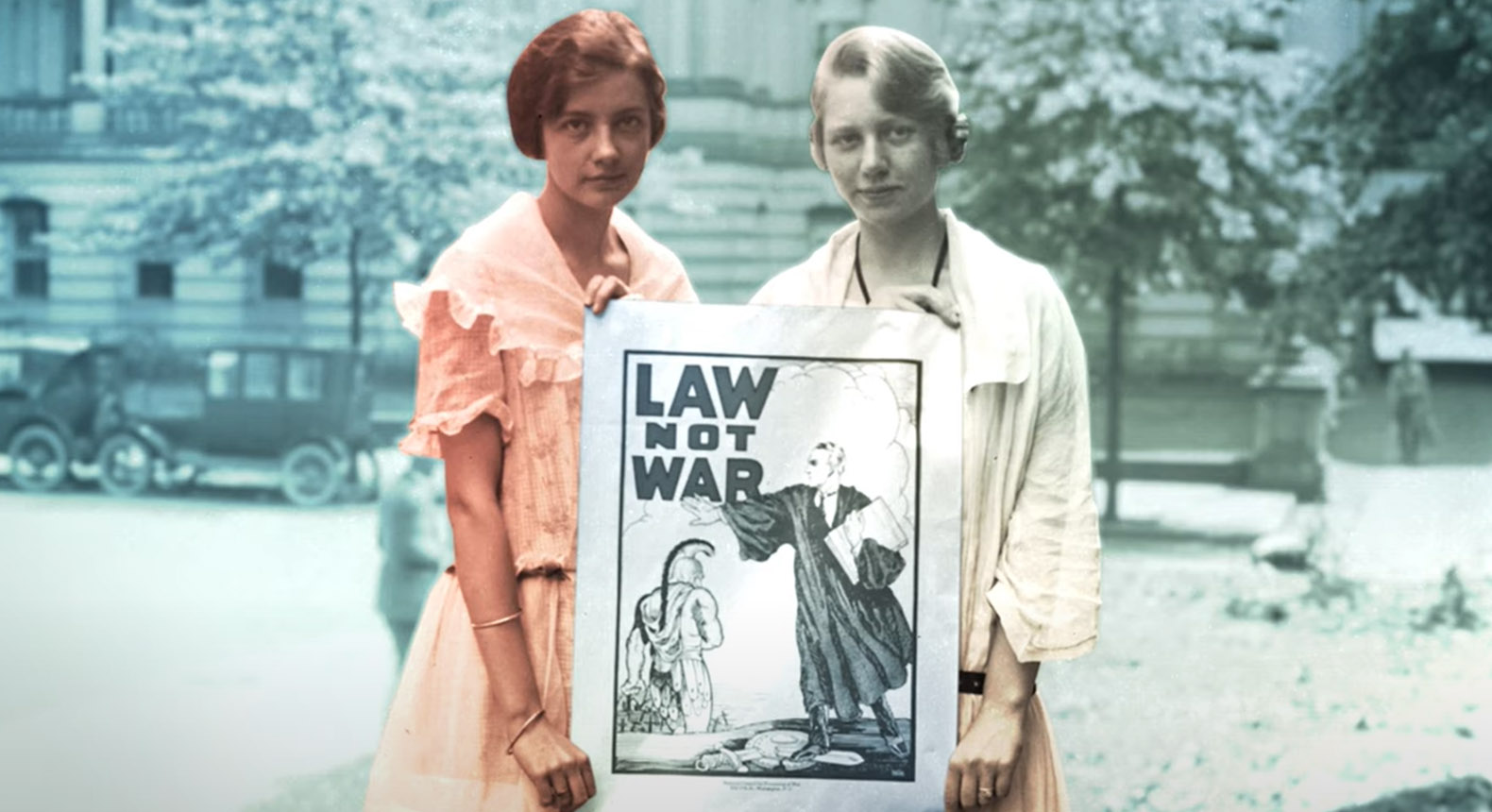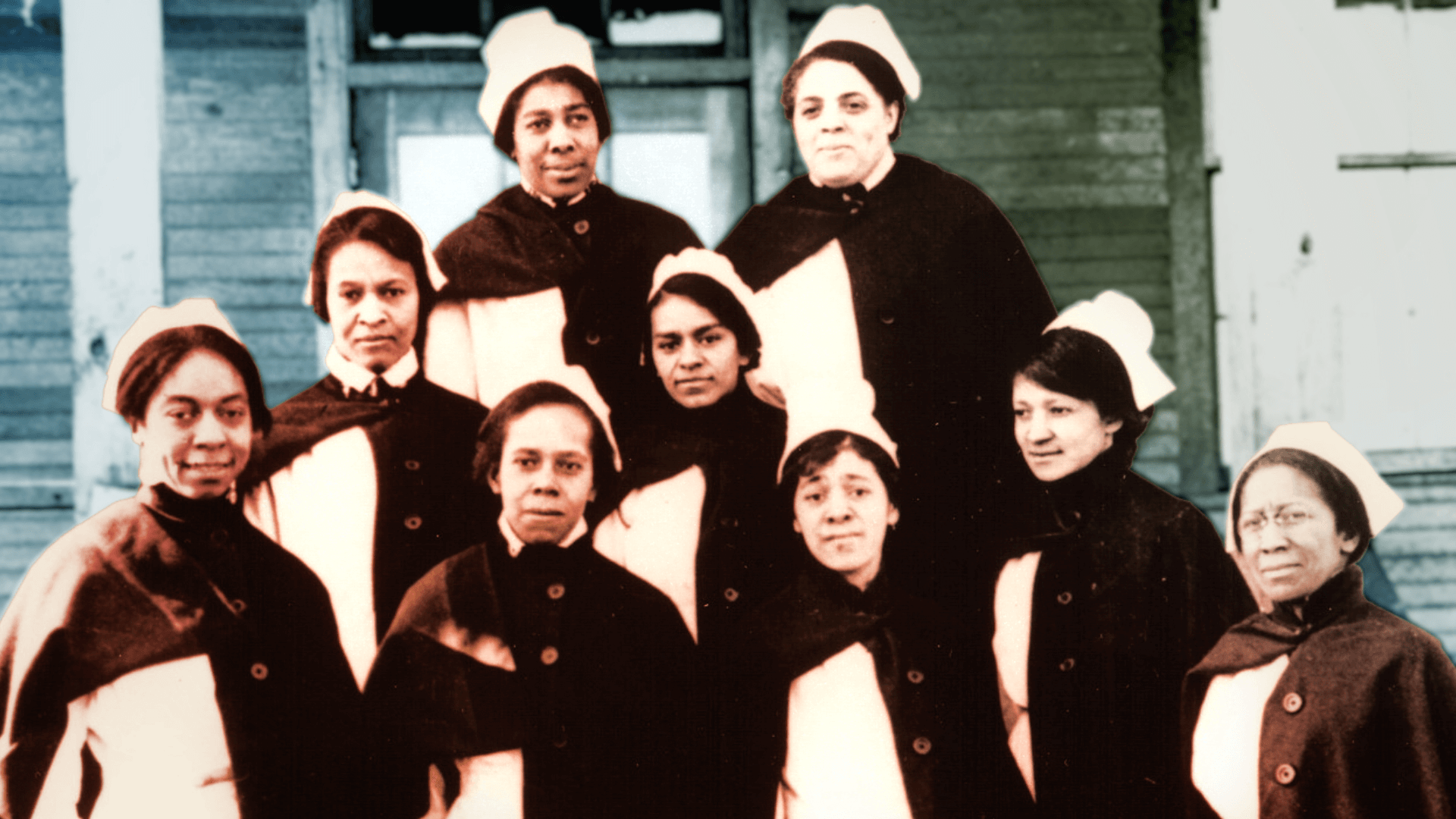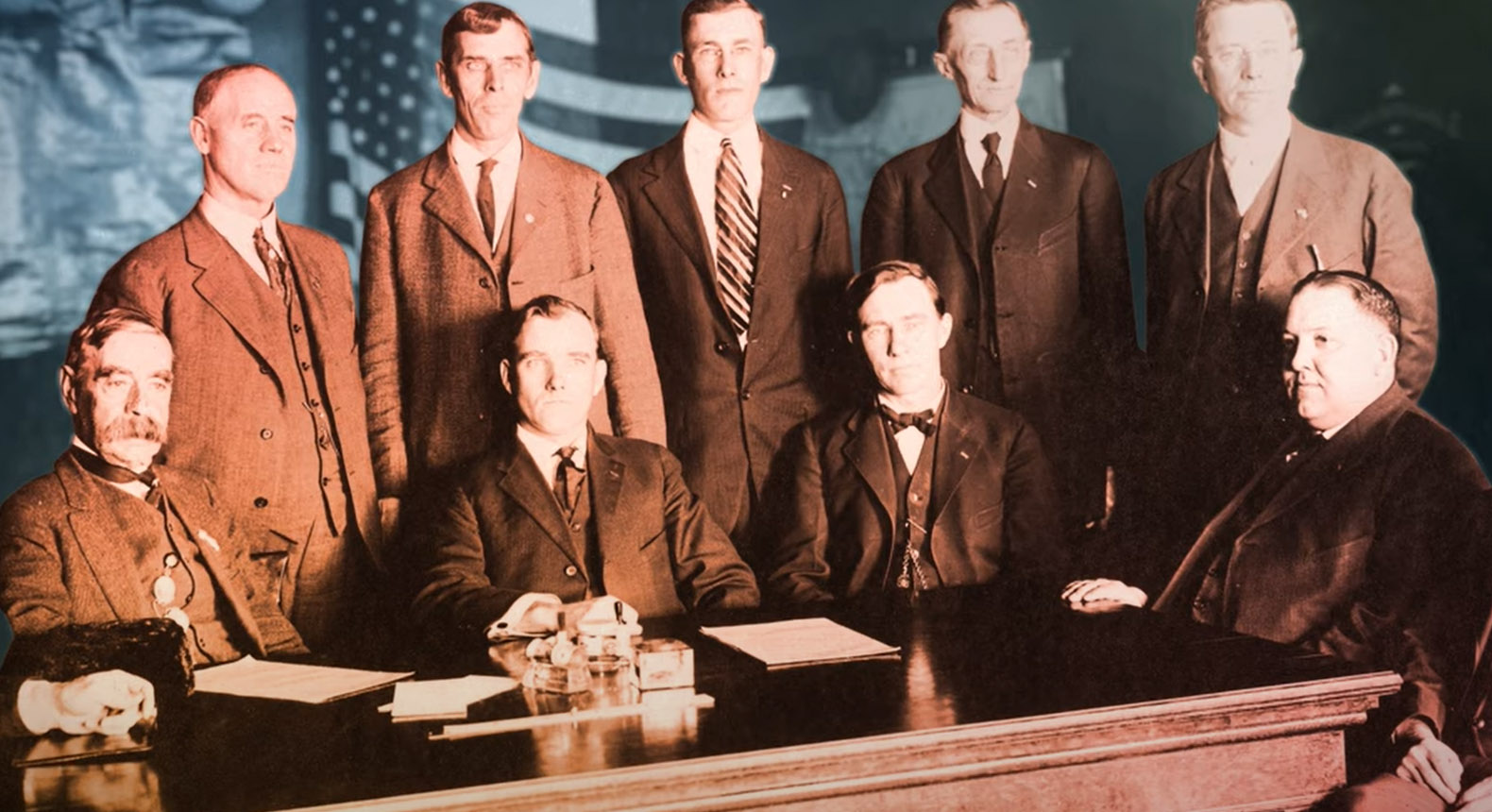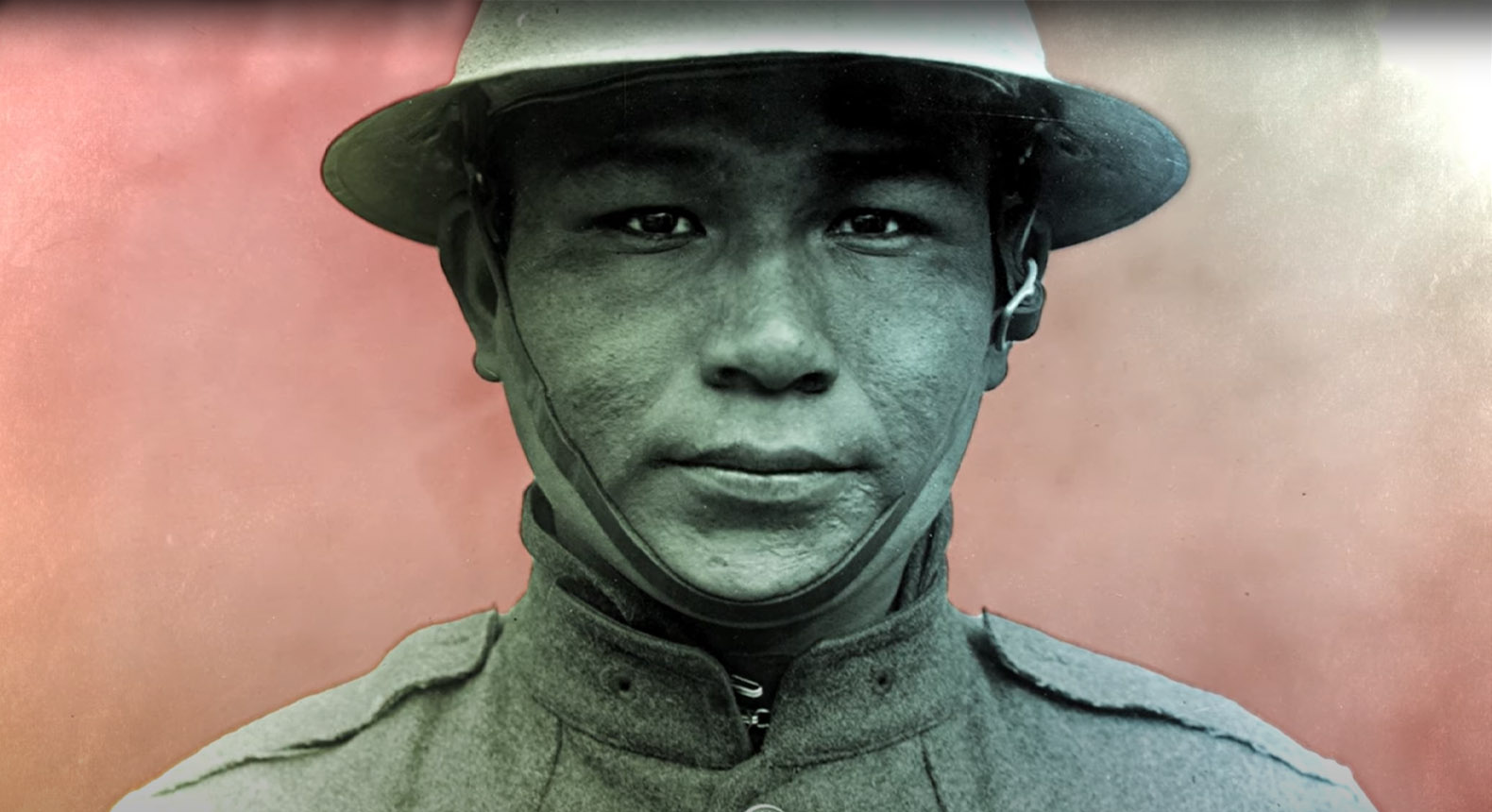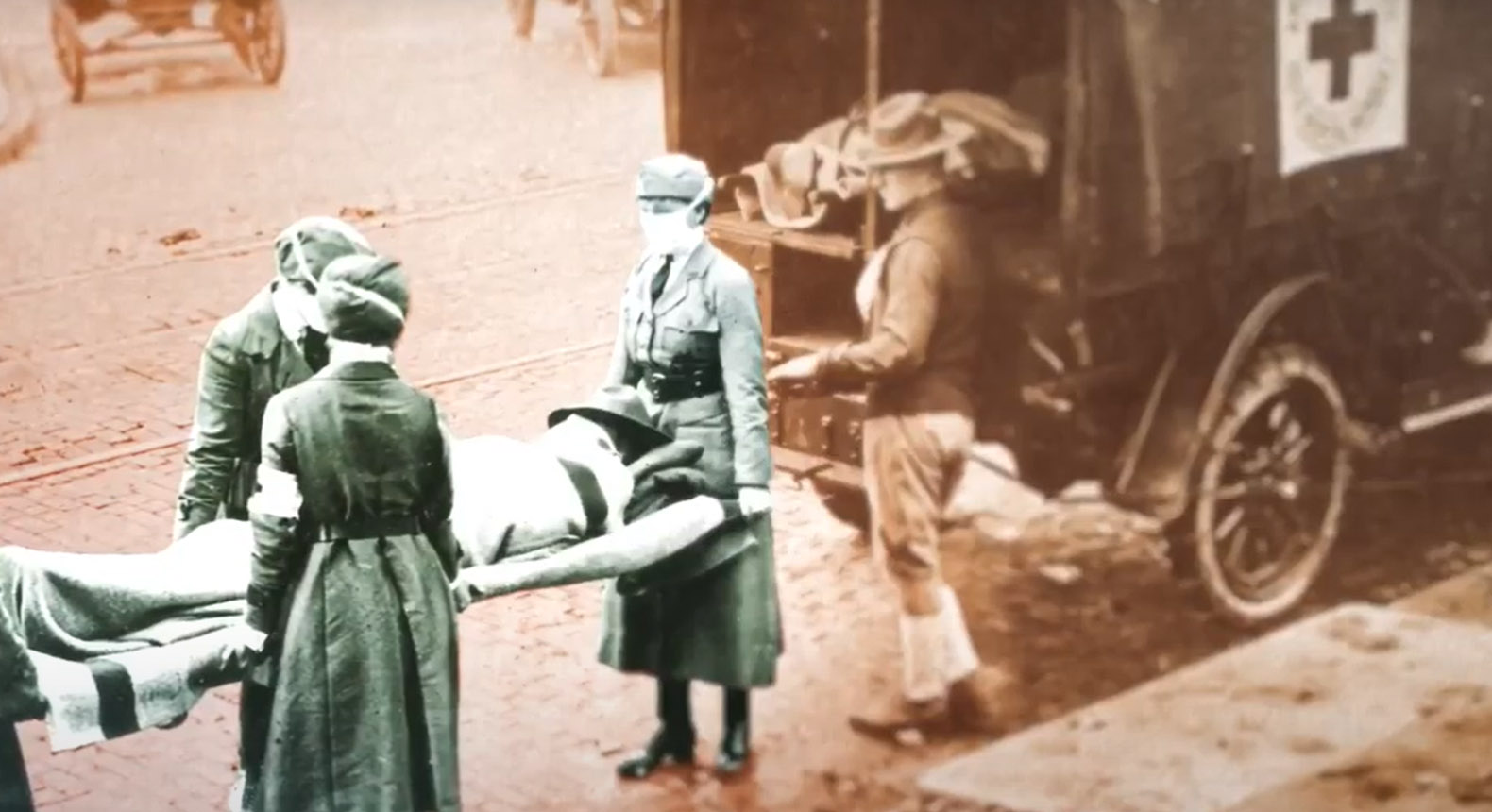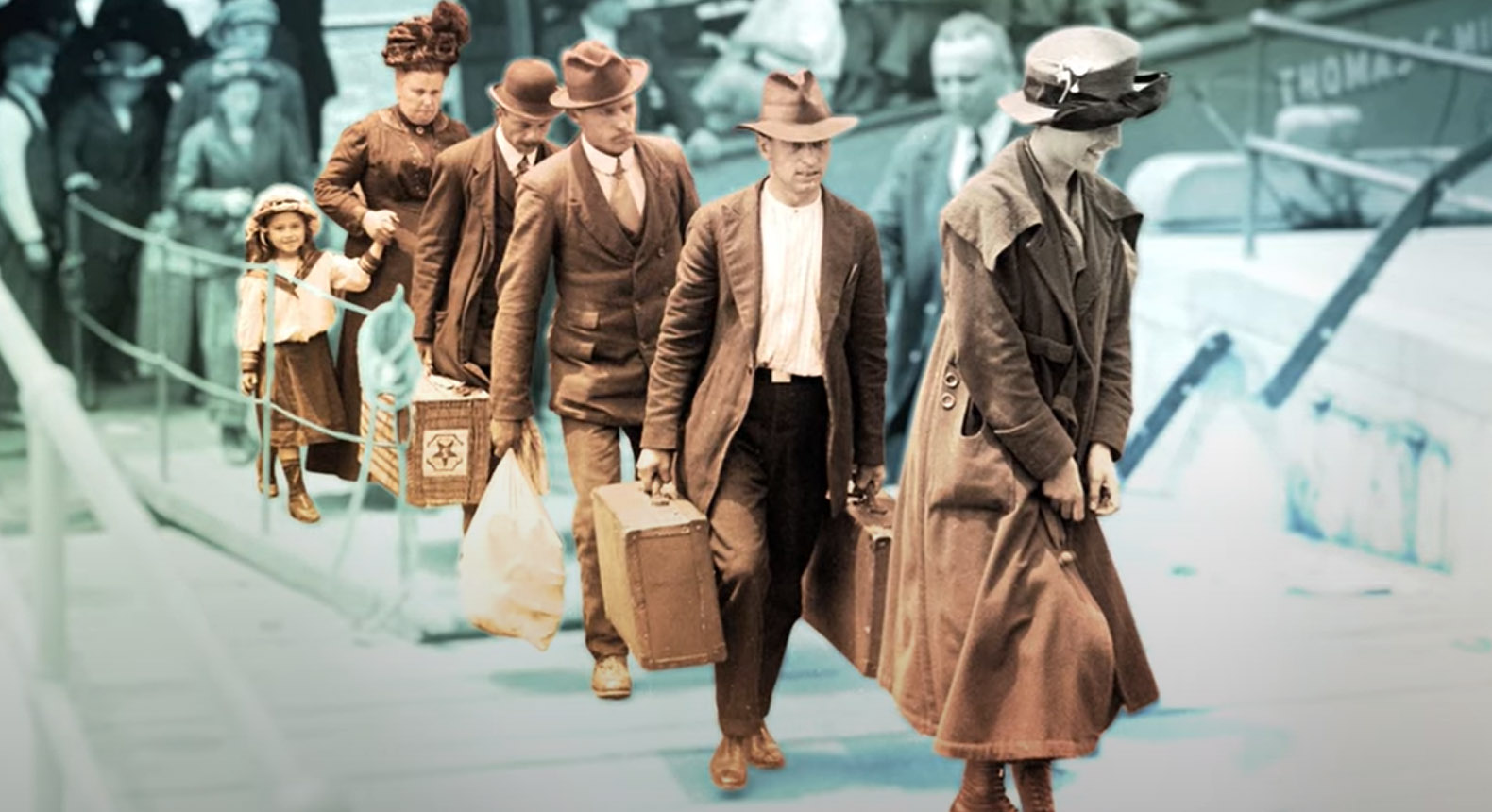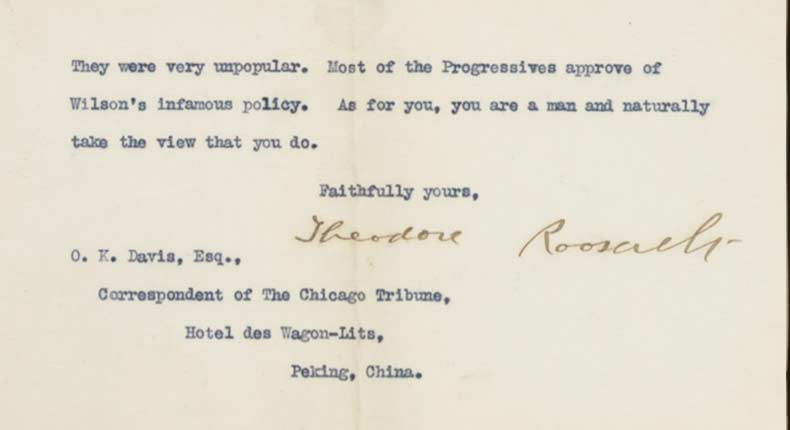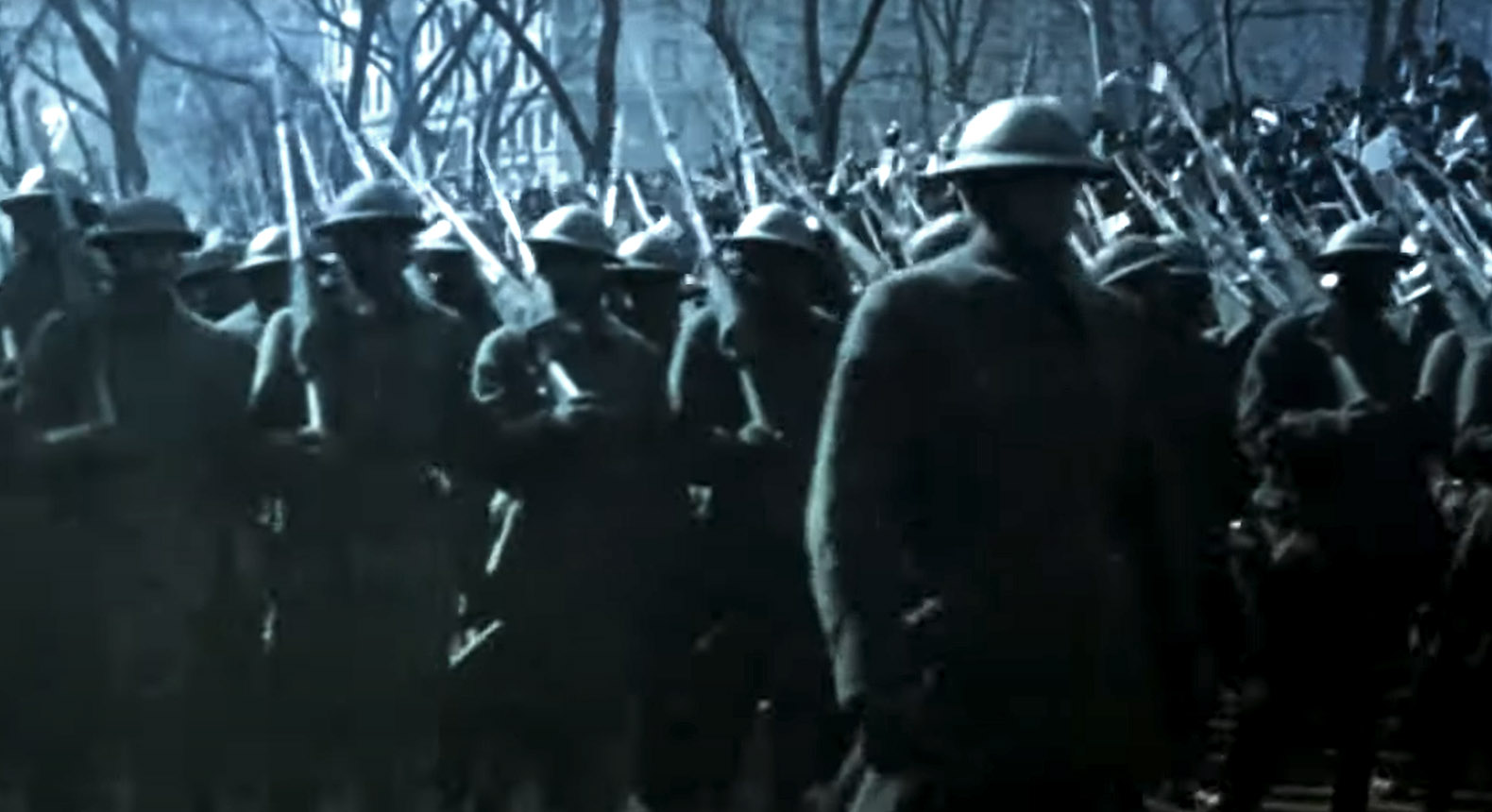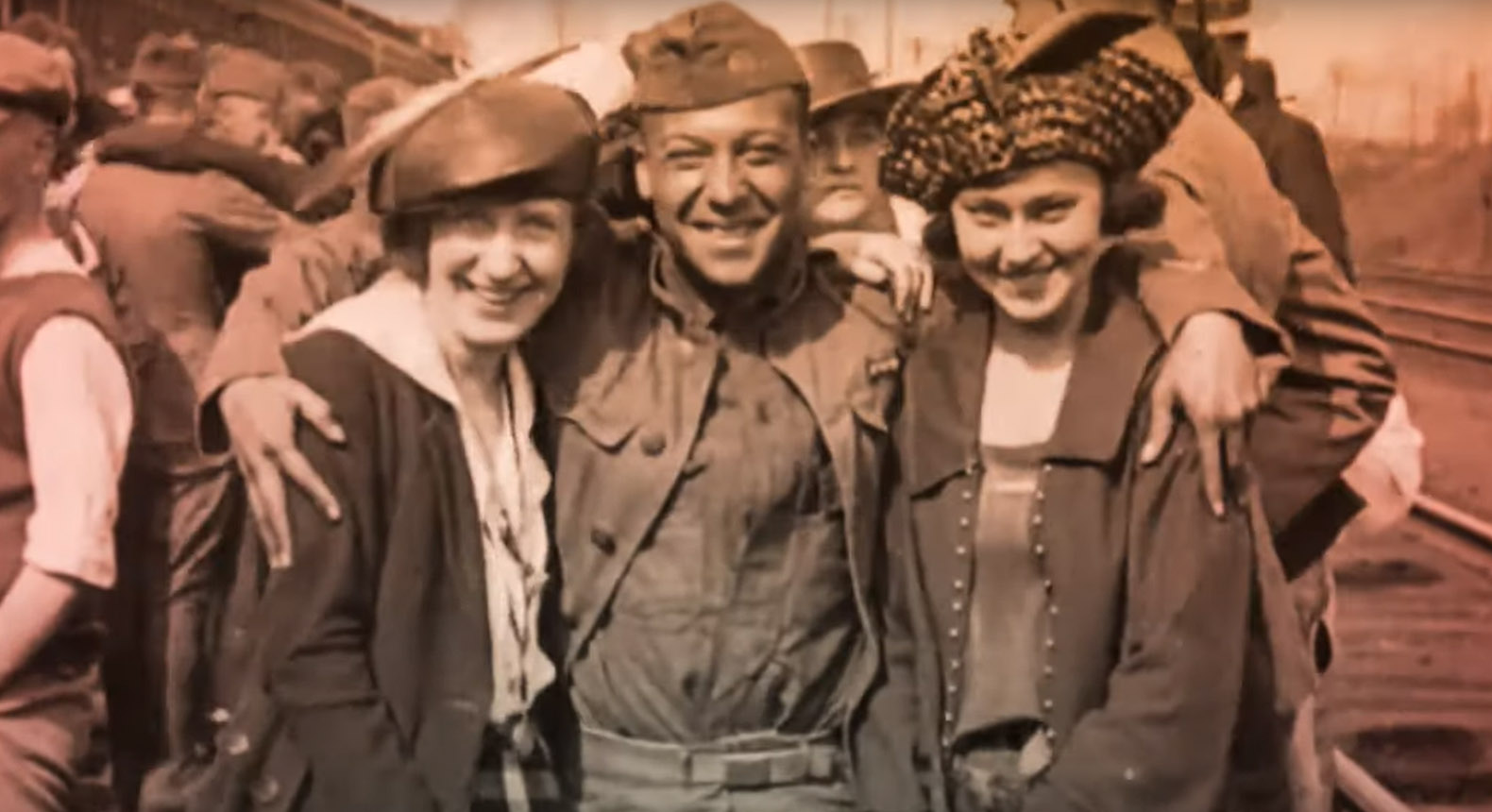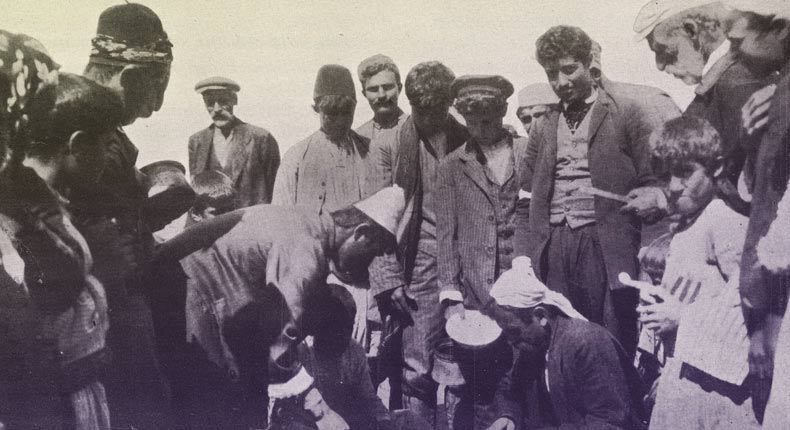Citizenship and World War I
April 21, 2020
Video Discussion Questions Why did some people oppose the U.S. entry into the war?How did the government respond to opposition to the war after 1917?What does conscientious objection mean and how many claim this as status?Explain the challenges that arose for conscientious objectors when American citizenship and military service became identified as synonymous. What is the Red Scare?
Read More
Women in World War I
April 15, 2020
Video Discussion Questions Describe three roles women took in WWI on the homefront?Thousands of women went overseas during WWI. Describe two roles that they filled.How did WWI impact the profession of nursing and the impression of women in the workforce? Who were Yeomen F and what role did they serve?How did women’s role in the war effect expectations of and on women?How did WWI influence the 19th Amendment?
Read More
Selling the War
April 15, 2020
Video Discussion Questions After the U.S. enters the war, describe some of the media used to encourage unity.What was the mission of the CPI?Who were the Four Minute Men and what did they did?What was the impact of the propaganda industry later in the 20th century?
Read More
Native Americans in World War I
April 15, 2020
Video Discussion Questions What was happening to the Native American community at the turn of the 20th century?Why did Native Americans, thousands of whom were not granted citizenship by the U.S., fight in the war?What unique role did various Native Americans take during the role? How did that impact the effort? What happens in 1924? Why?
Read More
The Influenza Pandemic
April 14, 2020
Video Discussion Questions During WWI, what was the role of media in encouraging or discouraging the spread of influenza? In your opinion, should this be known as the “Spanish Flu?”How did WWI encourage the spread of the virus?According to the video, how many lives are lost to the flu? Who were most likely to succumb to the disease? After watching this video, and citing three sources of reliable information, compare and contrast the Great Influenza Epidemic of 1918-19 and the COVID-19 pandemic in either a) a Venn Diagram, or b) a short essay.
Read More
Immigrants and World War I
April 14, 2020
Video Discussion Questions Both in declaration of neutrality and in war, President Woodrow Wilson recognized a need for American unity. What was the definition of “100% Americanism”? How do you think that idea plays out today?What realities challenged immigrant stereotypes in WWI?Describe the impact on the German immigrant communities in the United States during WWI.How were immigrant cultures championed during WWI?One out of every five soldiers serving in the U.S. Armed Forces was an immigrant; list three effects.
Read More
Theodore Roosevelt on the Sinking of the Lusitania, 1915
April 14, 2020
On May 7, 1915, the British passenger ship Lusitania, sailing from New York to Liverpool, was torpedoed by a German U-boat. The Lusitania sank, killing 1,195 people on board, including 123 Americans. The incident created sharp reactions among Americans, many of whom believed that the United States should inflict an immediate reprisal upon Germany.
Read More
America Goes to War
April 14, 2020
Video Discussion Questions Why did America remain neutral when the war first broke out in 1914?What are two major considerations for the U.S. in 1915?What was the gamble that Germany took in 1917 and why?Between 1917 and 1919, how much did the U.S. military grow? Define “conscription. ” What were the different jobs needed to supply the U.S. military?Name two ways that American entry help win the war for the Allies?
Read More
World War I: Coming Home
April 14, 2020
Video Discussion Questions The end of war ends stopped the manufacturing boom in the U.S. How does that affect the returning soldiers in Fall of 1918 and throughout 1919?What was the physical impact on many veterans?What was the psychological impact on many veterans?Define “shellshock.”What does Chris Capozzola say we owe the generation who fought WWI?
Read More
America’s Failed Response to the Armenian Genocide
April 13, 2020
On April 24, 1915, the Ottoman Empire began an aggressive genocide campaign against its Armenian citizens. The Ottoman Empire’s instability, coupled with World War I military losses, brought long-standing tensions between the Turks and Armenians to a head. An estimated 1.5 million Armenians died as a result of the events between 1915 and 1923. Much of Turkey’s actions went unacknowledged, taking a backseat to the war.
Read More
